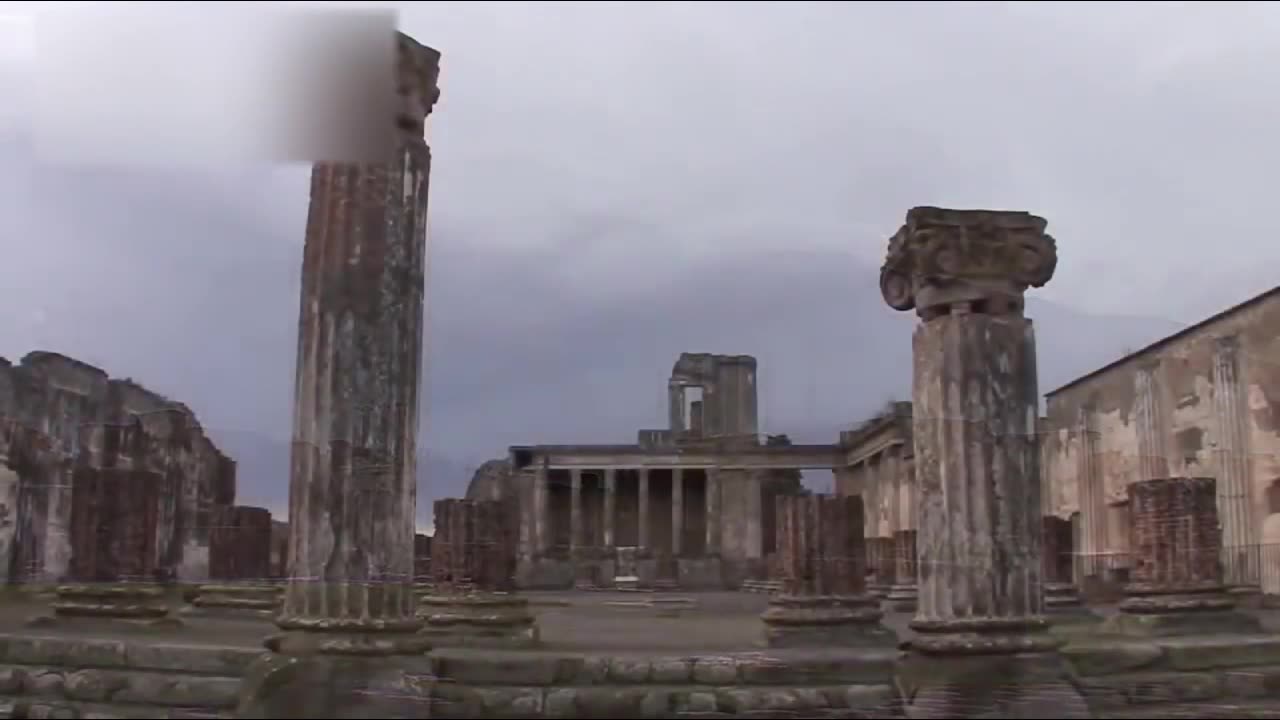Premium Only Content

UNKNOWN HISTORY OF POMPEII CITY
Pompeii is a fascinating ancient city that was located near modern-day Naples, Italy. Although it was destroyed and buried under layers of volcanic ash in the eruption of Mount Vesuvius in 79 AD, it was eventually rediscovered in the 18th century, revealing a remarkable snapshot of Roman life.
Pompeii was founded around the 6th century BC and became an important city in the Roman Empire. It was a thriving and prosperous community, known for its strategic location, fertile lands, and thriving trade. The city was home to a diverse population, including Romans, Greeks, and other cultures.
The eruption of Mount Vesuvius on August 24, 79 AD, was a catastrophic event that forever changed the course of history for Pompeii. The volcano unleashed a massive eruption, spewing a cloud of ash, pumice, and toxic gases into the sky. The falling ash and debris buried the city, preserving it in remarkable detail.
For centuries, Pompeii lay hidden and forgotten until it was accidentally rediscovered in 1748 by a group of explorers. Excavations began, and a treasure trove of ancient artifacts, buildings, and even human remains were unearthed, providing valuable insights into the daily life of the Roman era.
The remains of Pompeii revealed a well-planned and sophisticated city. Its streets were lined with shops, homes, and public buildings. The architecture showcased the wealth and opulence of the city's inhabitants. Lavish villas with intricate mosaics, frescoes, and beautifully adorned courtyards were discovered, offering a glimpse into the luxurious lifestyle of the wealthy Romans.
Pompeii also boasted a complex water and sewage system, public baths, theaters, and an amphitheater. The city had a thriving market, where traders sold a variety of goods, including food, pottery, and clothing. Temples dedicated to various gods and goddesses were scattered throughout the city, reflecting the religious beliefs of its inhabitants.
One of the most poignant discoveries in Pompeii was the preserved plaster casts of the victims who perished in the eruption. These casts were created by pouring plaster into the voids left behind by decomposed bodies, providing hauntingly detailed replicas of the city's inhabitants at the moment of their death.
The rediscovery of Pompeii has been crucial in expanding our understanding of ancient Roman civilization. It has allowed historians, archaeologists, and visitors alike to gain valuable insights into the daily life, customs, and architecture of the Roman era.
Today, Pompeii is a UNESCO World Heritage Site and a popular tourist destination, attracting millions of visitors each year. It stands as a testament to the power and unpredictability of nature and serves as a lasting reminder of the once-thriving city that was lost and later found.
-
 4:52:51
4:52:51
LFA TV
1 day agoLFA TV SHORT CLIPS OF THE WEEK!
17.1K4 -
 LIVE
LIVE
Pepkilla
3 hours agoAI has taken over come with me if you want to live
243 watching -
 LIVE
LIVE
Grant Cardone
8 hours ago10X Business Summit Day 2
3,674 watching -
 1:51:26
1:51:26
SternAmerican
4 hours agoElection Integrity Town Hall - Lee County with Raj Doraisamy of Defend Florida 2:00pm Est
21.5K2 -
 12:01
12:01
T-SPLY
6 hours agoBREAKING - Jasmine Crockett Under Investigation For Fraudulent Campaign Donations
6.68K11 -
 39:07
39:07
Steph & Kayls
4 hours agoFrom Spicy Content to Sleepless Nights: The Chaos of Being First-Time Parents & Creators | Ep. 1
4.72K2 -
 1:36
1:36
Nick Shirley
6 hours ago $0.58 earnedThese Anti-Trump and Elon Protesters are Idiots
7.1K10 -
 17:08
17:08
World2Briggs
1 day ago $0.34 earned10 Worst Cities to Move if You Hate Yourself.
5.28K1 -
 13:32
13:32
megimu32
1 day agoKitKat vs. Twix: One Breaks, One Bites… Who Wins?
6.52K7 -
 24:04
24:04
Link to the Light
18 hours ago $0.11 earnedTop 10 Most Anticipated Games of 2025 - Link to the Light
4.5K2